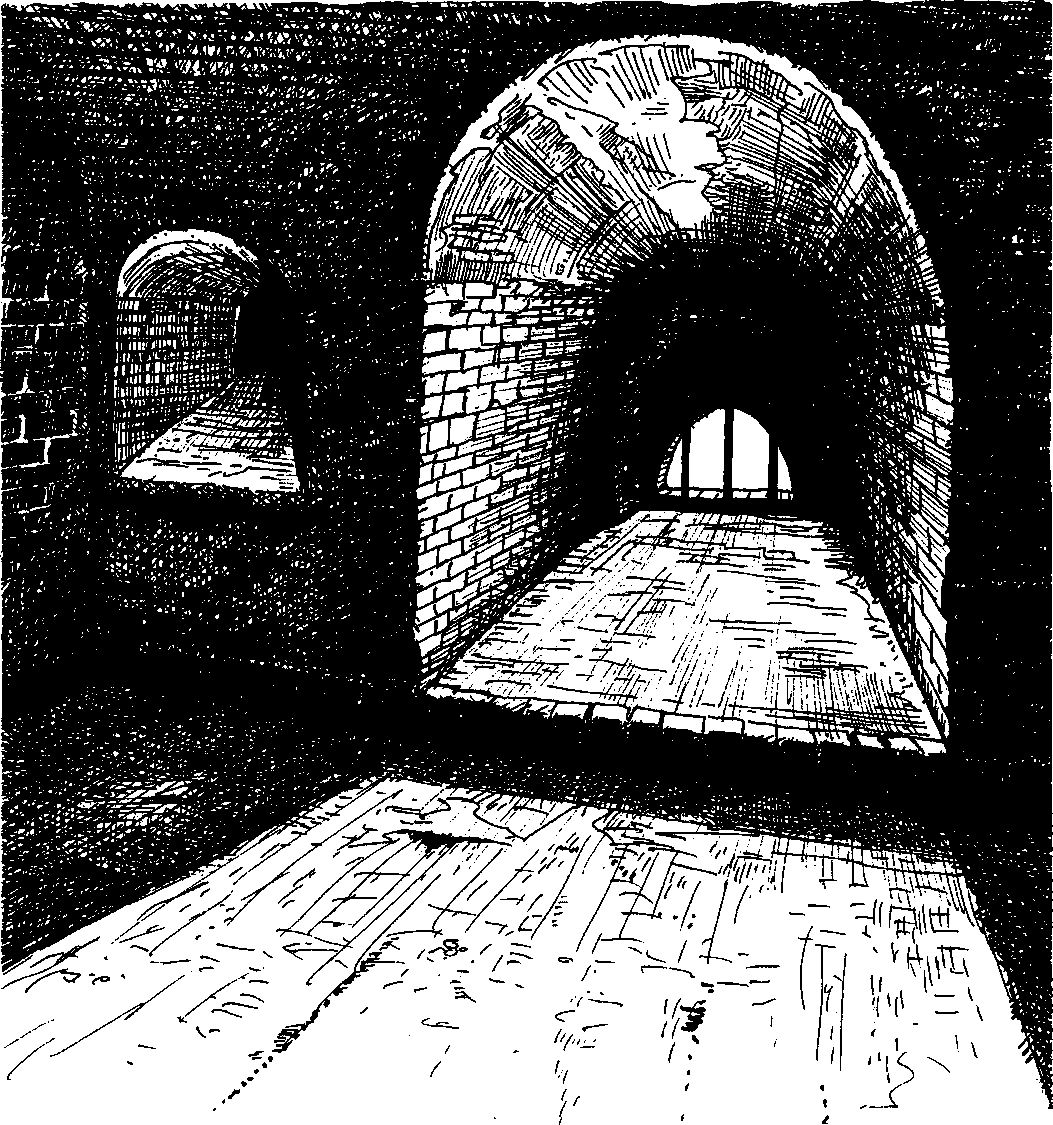A protruding screen built on the shoulder, protecting the defenders in the flank from oblique enemy bombardments but allowing them to enfilade the ditch. This protective element was either round or square. These shapes gave bastions their characteristic arrowhead or “ace of spades” form.
The so-called old Italian bastioned system was characterized by a curtain flanked by two bastions with ears replacing medieval corner - and wall-towers. No assault party could approach the curtain without being fired at from the side. A development was the so-called cavalier (also called cat), a raised structure higher than the rampart whose outline was similar to that of the bastion. The purpose of this inner work was to gain observation points and to give additional firepower and increased height to the bastion so as to command the surroundings. The cavalier also acted as a kind of huge shield, preventing enfilade-fire and protecting buildings in the town
Or fort. On the other hand, because of its height, the cavalier could be an easy target.
To increase flanking possibility, the cavalier might also be placed in the middle of the curtain to form an additional flat bastion, called piatta-forma. This variant is called Venetian bastioned fortification.
The new Italian bastioned system, largely resulting from experiments led by military engineers Jacomo Cas-triotto, Girolame Maggi and Francesco de Marchi, was a great improvement. Its practical base was the so-called bastioned front; composed of one curtain and two projecting larger half-bastions, the bastioned front allowed the housing of more guns. But the main improvement was in the flanking. Each bastion flank protected not only the curtain but also each face of the neighboring bastion. The new bastioned system all but eliminated blind spots, every part of the fortress being always covered by fire coming from neighboring parts. The new Italian bastion

View from the inside of a casemate within an artillery tower. Note the thickness of the wall, the limited view and arc of fire.




 World History
World History









